Will Democrats' town hall revolt actually work?
Republicans are spooked. That says a lot.

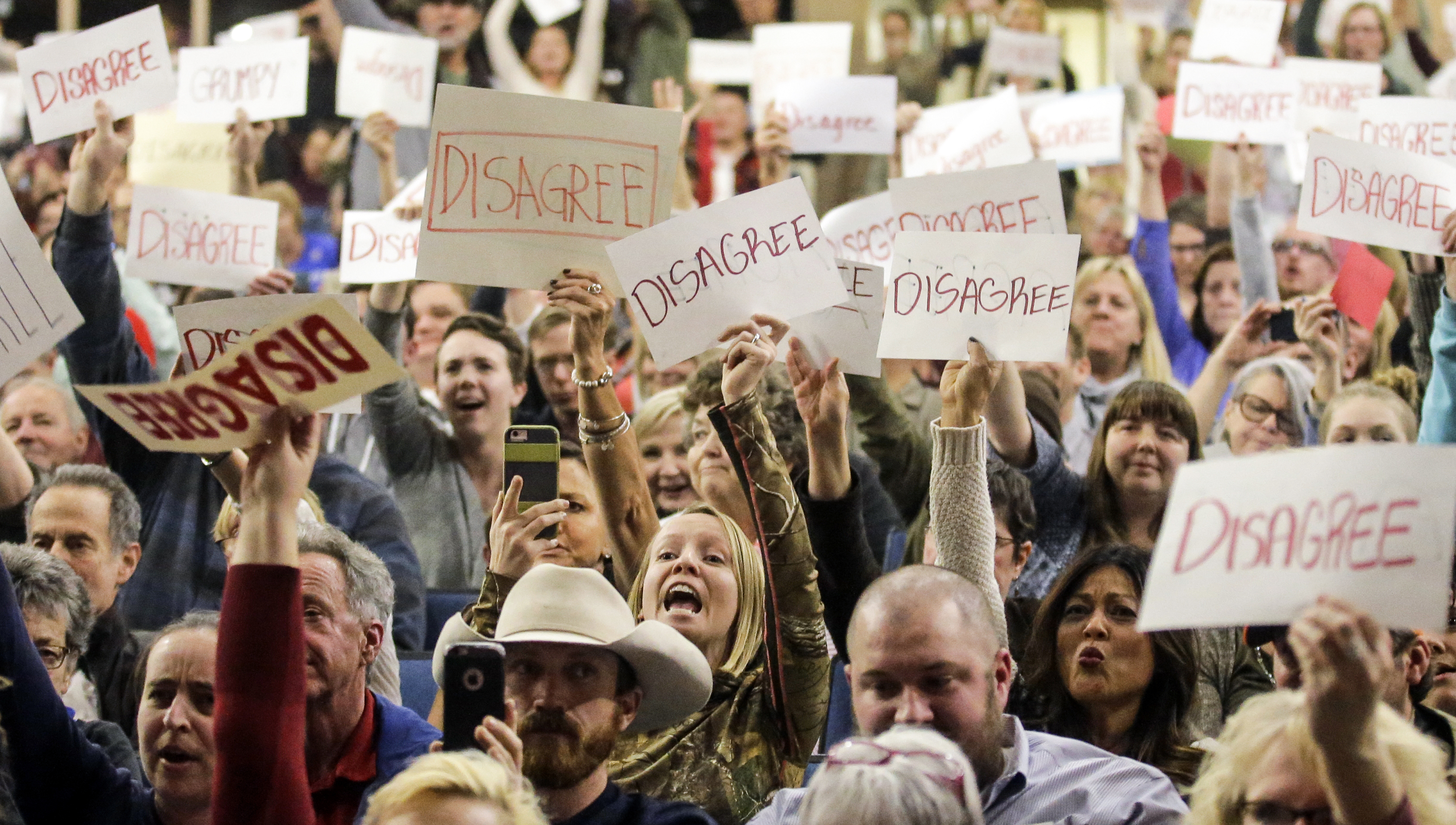
President Trump has had it with liberals showing up at the town halls of GOP congressmen and senators.
The idea, of course, is that like the massive nationwide protests against Trump, Democratic organizing around local town halls is somehow not quite real, not the kind of sincere expression of opinion you get when Republicans protest something. "It's not these organic uprisings that we have seen over the last several decades," said Sean Spicer, the president's press secretary. "The Tea Party was a very organic movement. This has become a very paid, Astroturf-type movement."
Ah yes, the paid-protester charge, one that probably goes back as long as there have been protests. Despite conservatives' insistence that George Soros must be pouring money into liberals' pockets, there's only one person we know of who has paid for a crowd to show up at a political event recently. That, of course, was President Trump, who paid actors to come to his presidential announcement to wave signs and cheer wildly (and of course, he then tried to stiff the company that hired them).
The Week
Escape your echo chamber. Get the facts behind the news, plus analysis from multiple perspectives.

Sign up for The Week's Free Newsletters
From our morning news briefing to a weekly Good News Newsletter, get the best of The Week delivered directly to your inbox.
From our morning news briefing to a weekly Good News Newsletter, get the best of The Week delivered directly to your inbox.
This is a regular argument about protests: whether they are legitimate or not, with the frequent assumption that the more amateur and therefore "organic" they are, the more they have a right to be listened to. But the truth is that the Tea Party was both bottom-up and top-down: It involved the spontaneous creation of hundreds of local groups, and money and guidance from Washington-based organizations like Freedomworks and Americans for Prosperity, the political vehicle of the billionaire Koch brothers. That's not to mention constant promotion from a certain cable news network, whose personalities actually appeared at some Tea Party rallies. Let's take a trip down memory lane, courtesy of scholars Theda Skocpol and Vanessa Williamson:
Indeed, during the first weeks of the Tea Party, Fox News directly linked the network's brand to these protests and allowed members of the "Fox Nation" to see the Tea Parties as a natural outgrowth of their identity as Fox News viewers. Megyn Kelly directed viewers to "join the Tea Party action from your home" by going to Fox's website, which allowed viewers to find Tea Party events in their area, and the events were dubbed "FNC [Fox News Channel] Tea Parties." As Glenn Beck put it on his April 6 show: "This year, Americans across the country are holding Tea Parties to let politicians know that we have had enough. Celebrate with Fox News. This is what we're doing next Wednesday." Beck's comment was certainly an apt description since on April 15, Fox News hosts Beck, Hannity, Van Susteren, and Cavuto all broadcast their shows from Tea Party events, as promised. [Reuters]
Did that mean the Tea Party didn't represent anything real? No — it just meant that it got a lot of help. Yet today, the very fact that Democrats are organizing themselves to appear at town halls is taken as evidence that the opinions of the participants are meaningless and can be ignored.
The response most Republican representatives have hit upon in the face of this wave of voter anger is to avoid contact with the voters at all costs. The overwhelming majority are not holding the traditional town halls during the recess that's happening this week, which is understandable. Who wants to stand up in front of a bunch of angry constituents and get yelled at? So they're certainly feeling afraid, or at least deeply uncomfortable.
Making your congressman scared can feel like a victory in itself. But it does raise the question of whether this undeniable public outpouring of anger — both at President Trump and the Republican Congress, particularly at the prospect of the repeal of the Affordable Care Act — can be sustained to win concrete political victories in the future. The fact that it is so well organized suggests that it can.
A free daily email with the biggest news stories of the day – and the best features from TheWeek.com
These actions have an immediate political goal: stopping the repeal of the ACA. They may well help make that happen, though the outcome of that battle is highly uncertain. We know that Republicans in Congress have grown fearful of the consequences of the repeal they've been advocating for the last seven years, and the protests are no doubt giving them a vivid preview of the anger they could face.
But even if the protests don't stop repeal, they can make representatives wary about other unpopular actions they might take. Then there's the questions of future elections: The networks of activists that are building up around this issue can be activated to register and turn out voters in 2018, potentially helping Democrats take back the House. That's what the Tea Party did: It failed to stop the ACA from passing, but succeeded in the 2010 midterm elections, and in pulling the GOP to the right. Another key goal is to take the people protesting what's going on in Washington and turn them into an effective force in state legislative elections.
The first step, though, is empowering people. That may sound like a nebulous goal divorced from practicality, but efficacy is vital to building and sustaining any movement. The participants need to feel like their efforts are having an impact, so that when the next battle comes they're ready to join in.
There's no question that as the president and Republicans in Congress feel the wrath of the public, they're seriously spooked. That's why they're trying so hard to say that the protests aren't real — they're paid, or they're too organized, or they're just a bunch of liberals, or some other excuse for why it's not legitimate. But every time a member of Congress cancels a town hall, you know it's having an impact.
Paul Waldman is a senior writer with The American Prospect magazine and a blogger for The Washington Post. His writing has appeared in dozens of newspapers, magazines, and web sites, and he is the author or co-author of four books on media and politics.
-
 A running list of the US government figures Donald Trump has pardoned
A running list of the US government figures Donald Trump has pardonedin depth Clearing the slate for his favorite elected officials
-
 Ski town strikers fight rising cost of living
Ski town strikers fight rising cost of livingThe Explainer Telluride is the latest ski resort experiencing an instructor strike
-
 ‘Space is one of the few areas of bipartisan agreement in Washington’
‘Space is one of the few areas of bipartisan agreement in Washington’Instant Opinion Opinion, comment and editorials of the day
-
 Bari Weiss’ ‘60 Minutes’ scandal is about more than one report
Bari Weiss’ ‘60 Minutes’ scandal is about more than one reportIN THE SPOTLIGHT By blocking an approved segment on a controversial prison holding US deportees in El Salvador, the editor-in-chief of CBS News has become the main story
-
 Has Zohran Mamdani shown the Democrats how to win again?
Has Zohran Mamdani shown the Democrats how to win again?Today’s Big Question New York City mayoral election touted as victory for left-wing populists but moderate centrist wins elsewhere present more complex path for Democratic Party
-
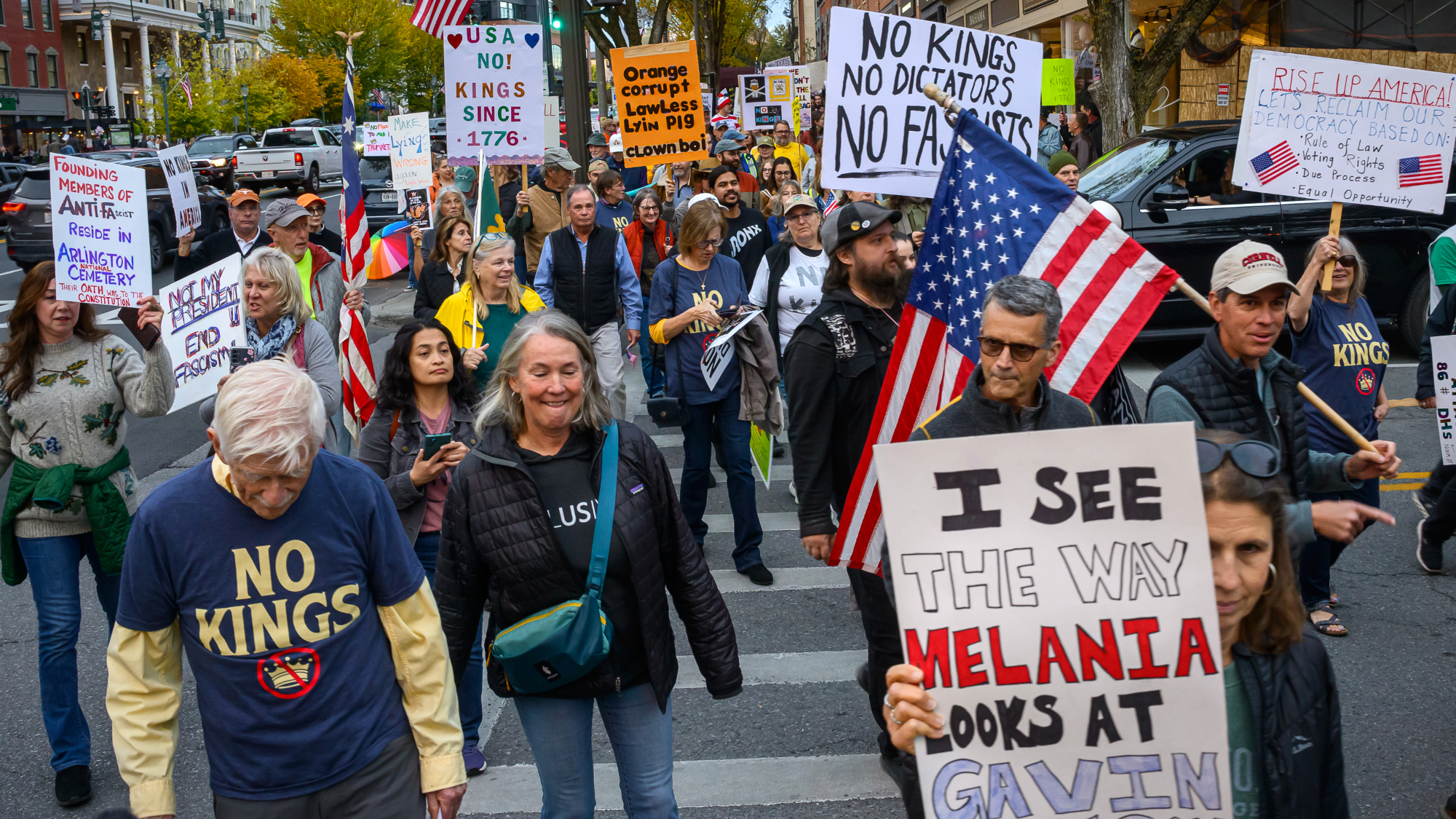 Millions turn out for anti-Trump ‘No Kings’ rallies
Millions turn out for anti-Trump ‘No Kings’ ralliesSpeed Read An estimated 7 million people participated, 2 million more than at the first ‘No Kings’ protest in June
-
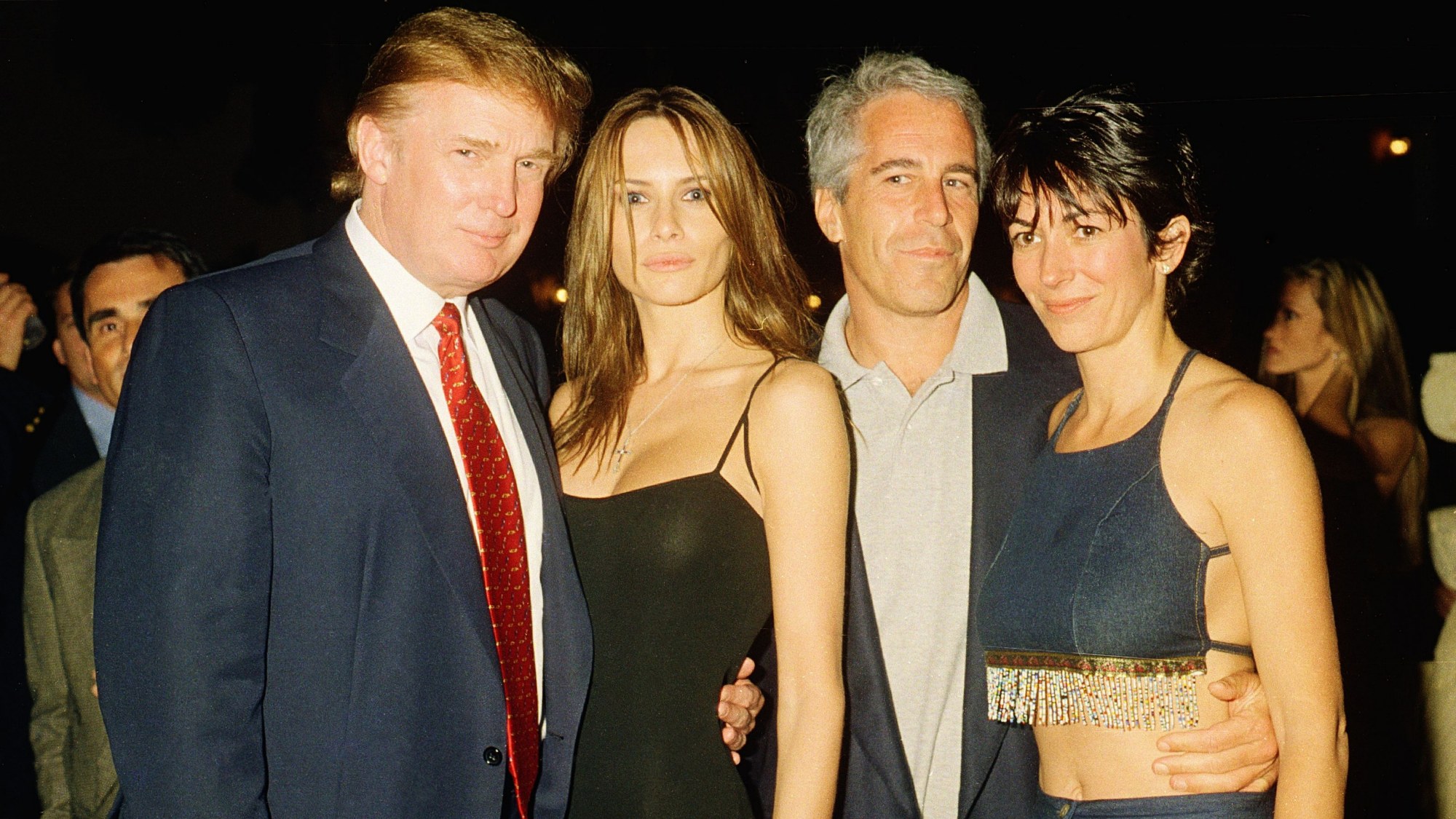 Ghislaine Maxwell: angling for a Trump pardon
Ghislaine Maxwell: angling for a Trump pardonTalking Point Convicted sex trafficker's testimony could shed new light on president's links to Jeffrey Epstein
-
 The last words and final moments of 40 presidents
The last words and final moments of 40 presidentsThe Explainer Some are eloquent quotes worthy of the holders of the highest office in the nation, and others... aren't
-
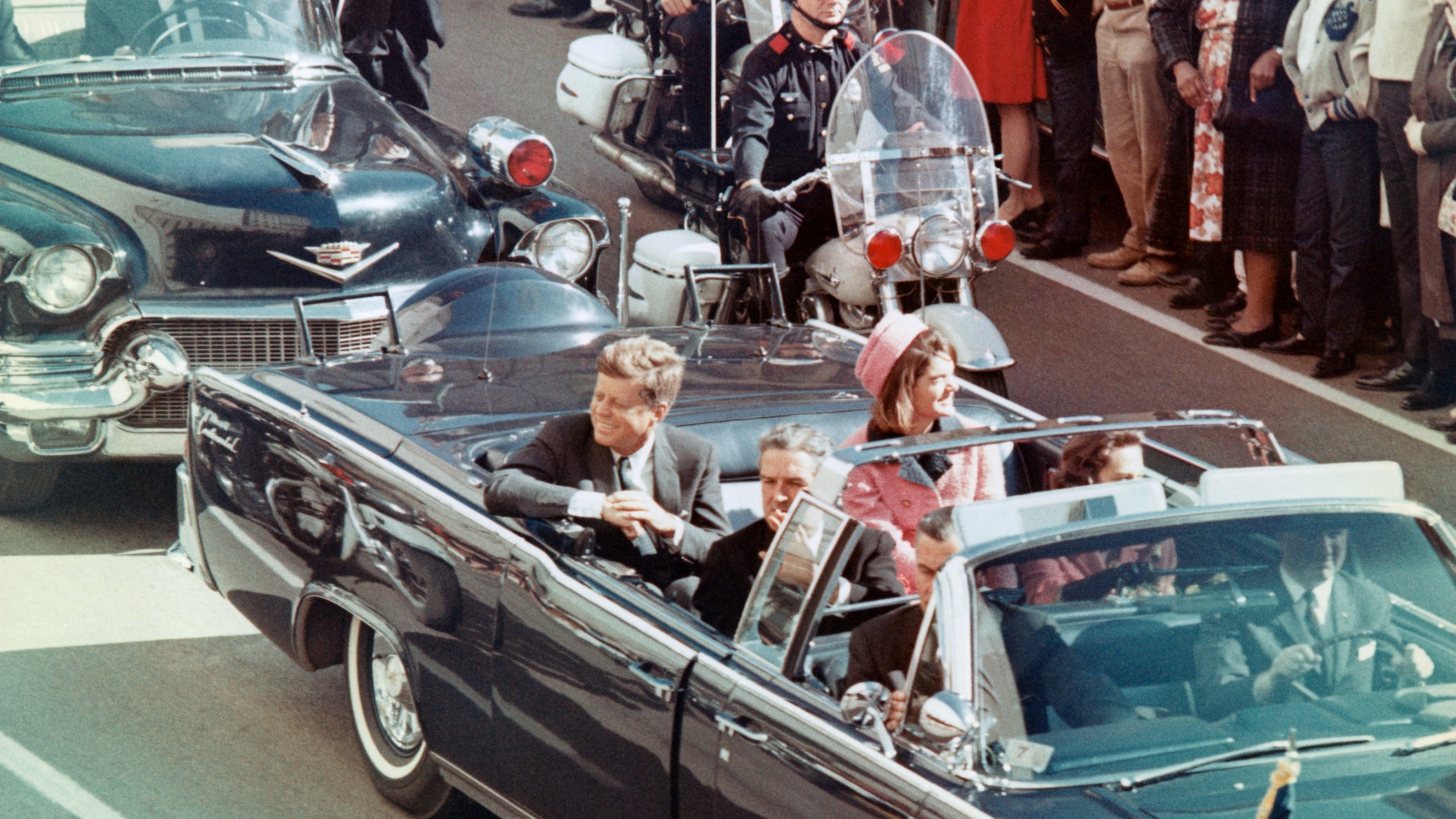 The JFK files: the truth at last?
The JFK files: the truth at last?In The Spotlight More than 64,000 previously classified documents relating the 1963 assassination of John F. Kennedy have been released by the Trump administration
-
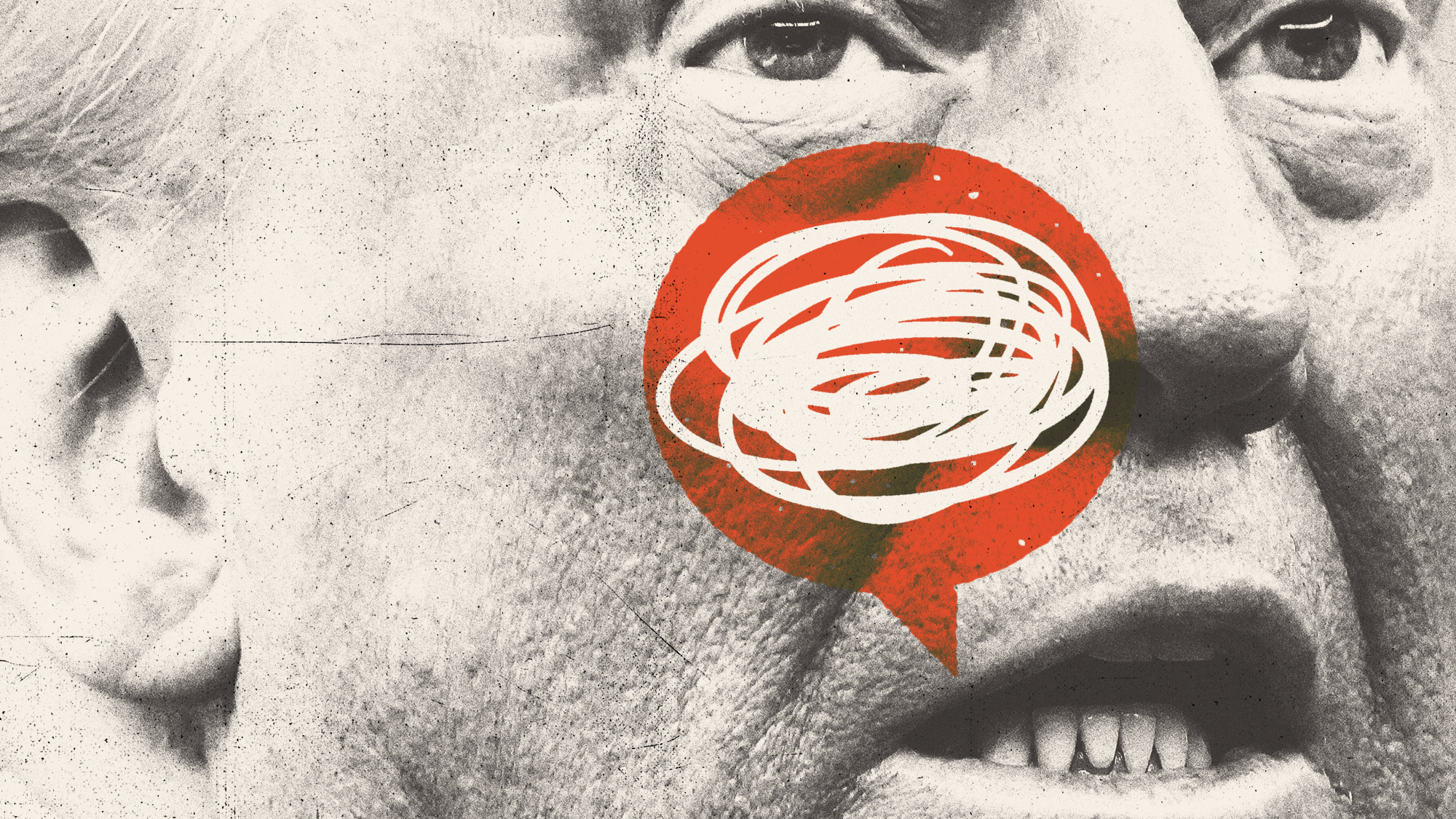 'Seriously, not literally': how should the world take Donald Trump?
'Seriously, not literally': how should the world take Donald Trump?Today's big question White House rhetoric and reality look likely to become increasingly blurred
-
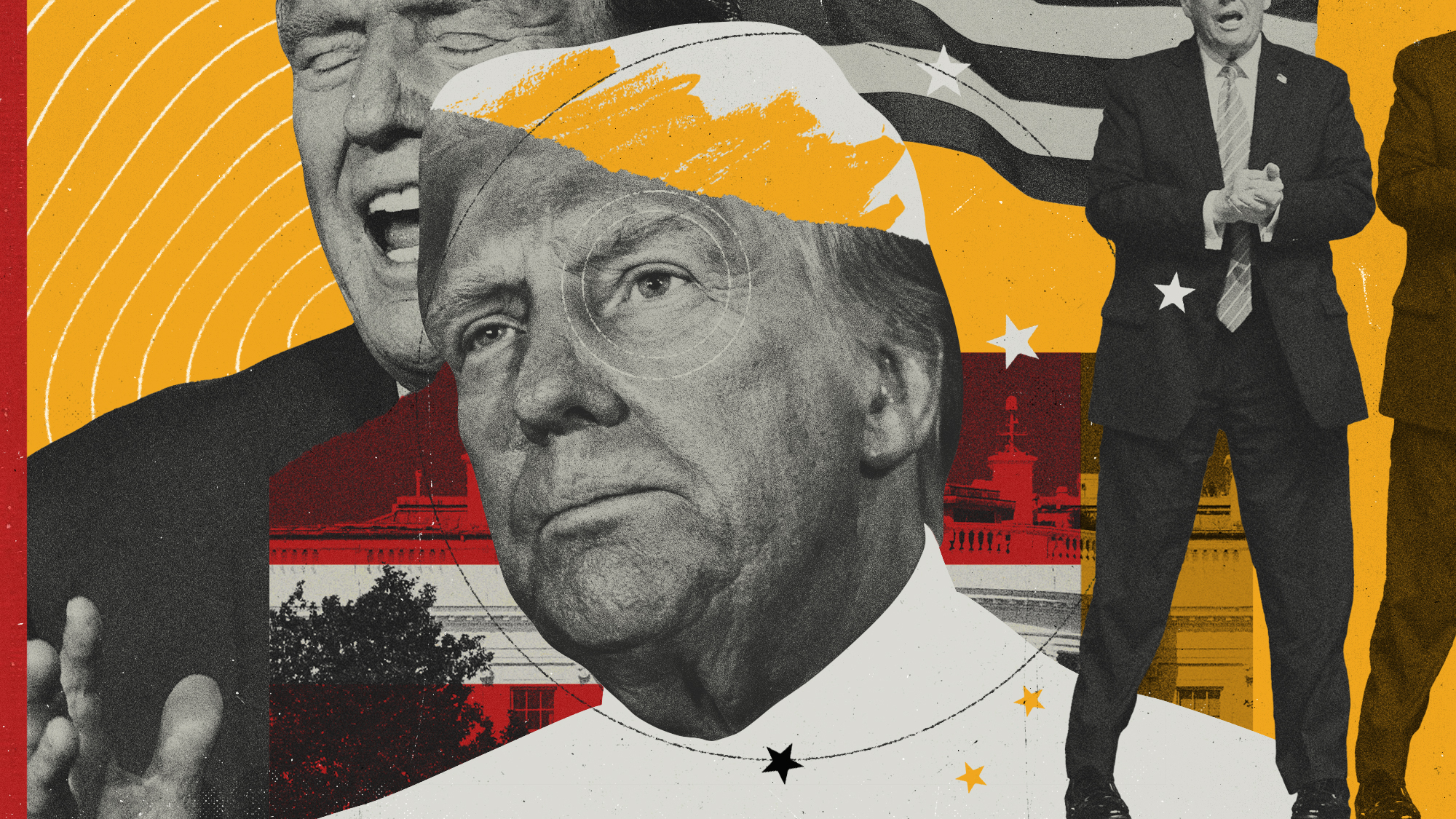 Will Trump's 'madman' strategy pay off?
Will Trump's 'madman' strategy pay off?Today's Big Question Incoming US president likes to seem unpredictable but, this time round, world leaders could be wise to his playbook
